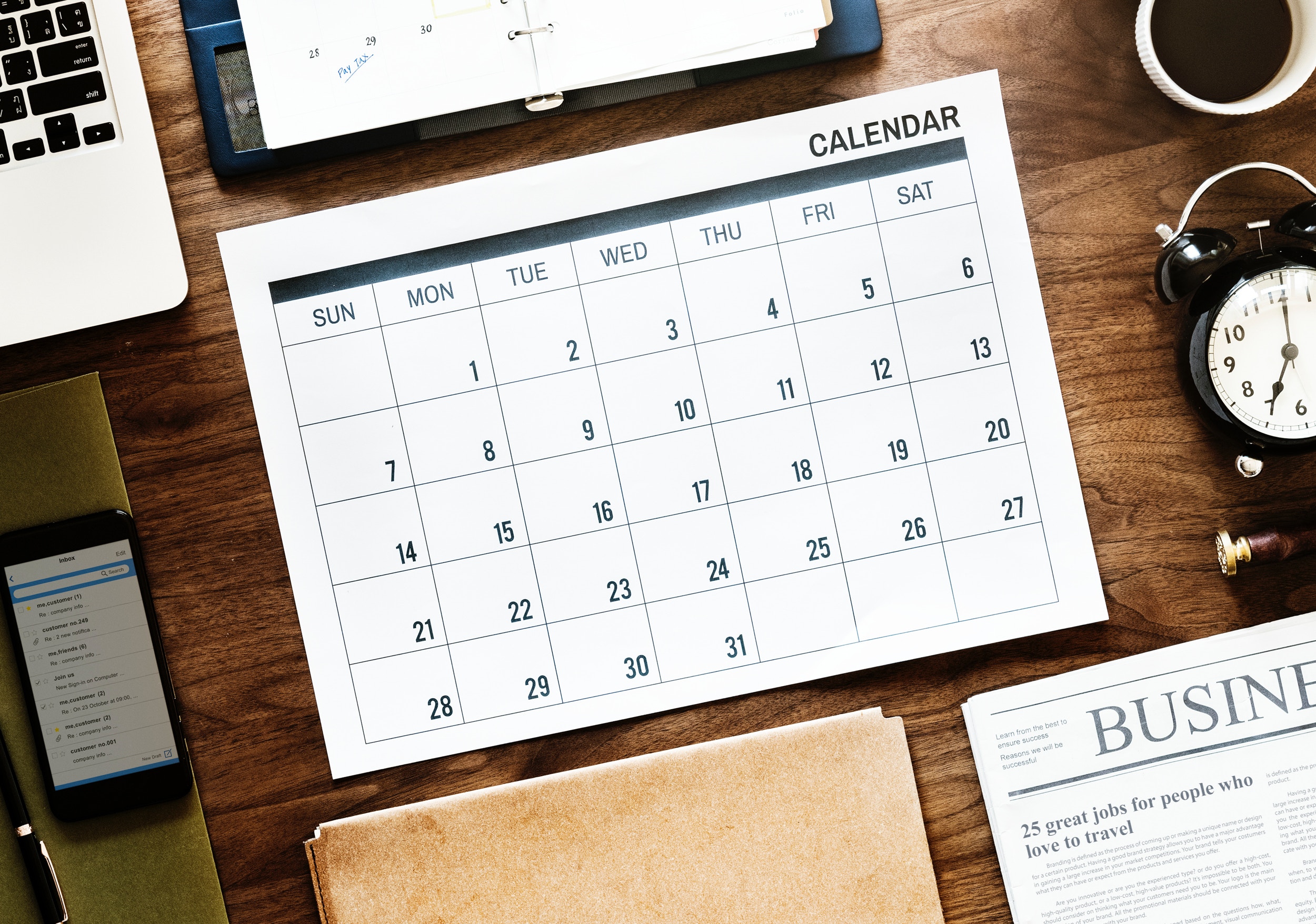As call center agents, you take on numerous roles when trying to land a lead. For example, when you’re prospecting, you become a private investigator and strategist, searching for clues to find the best, most profitable leads and creating your plan to obtain their business. During your sales pitch, you morph into a consultant, listening to the customer and figuring out what they need. When following-up, you become the master of words, describing (and hopefully selling) your product. Once your customers become long-term, you become a psychologist, identifying their behavioral patterns and taking advantage of knowing how to operate and adapt to the conditions of the client’s convenience.
But while each of these roles is significant and important to call center agents’ processes, sometimes it’s the simple things that can trap you, like not knowing when to actually get on the phone. This is where your strategist role comes into play – you have to create a workflow with if/then statements that suit your schedule. Utilizing and analyzing your call center’s metrics is important here, as these statements may vary depending on the variables specific to your company, your area or your industry. Here are a few to start with, and we’ll explain them further:
1. If you’re making a cold call…
Best time to call: between 8 a.m. – 10 a.m. or between 4 p.m. – 6 p.m.
Best days: Wednesdays and Thursdays
Cold calling is definitely not the most fun thing to do as a call center agent, but it’s necessary for every agent’s success. Most people would consider 12 – 1 p.m. or after 6 p.m. the best times to call, but this is surprisingly untrue. The time between 12 – 1 p.m. is popular for lunch breaks or meetings, and after 6 pm, your calls are considered as intrusions on personal time. Think about your own life – do you want to take a call from a salesperson during your lunch hour? Or while you’re eating dinner at home? Call center agents have goals set for the number of calls made, but that doesn’t mean you should offend or annoy your potential leads unnecessarily. As far as the days go, Wednesdays and Thursdays are in the middle of the work week, which gives the customer some time to make a decision but not so much time that they forget about you.

2. If you’re making a warm call…
Best time to call: 11 a.m. – 12 p.m. or between 4 p.m. – 5 p.m.
Best days: Tuesdays and Wednesdays
If you’ve done your homework and identified a potential lead that will make a good fit for your pitch, knowing when to pick up the phone can mean the difference between getting the prospect’s voicemail and getting a meeting. Having all of the necessary information on hand as you make warm calls is essential to keeping those calls warm. These customers might know you, but you haven’t won their full trust or their business yet. In a typical work situation, employees come in at various times, but because it’s usually in the morning, the last thing they want is a phone call from you right when they get into the office. Also, by 11 a.m., people are trying to finish up tasks before lunch, and between 4 – 5 p.m., those same employees are winding down for the day. In either situation, they’re unlikely to want to start a new task or take on more work, which makes it a perfect time for a call from you.
3. If you have to leave a voicemail…
Then you need to have already crafted a personal, but specific, response and commit to follow-up.
There’s a debate over whether or not call center agents should leave voicemails, but considering almost 80% of calls go to voicemail on average anyway, you don’t want to miss out on an opportunity to make a connection. The average voicemail response rate is 4.8%, so being able to get your point across quickly and efficiently is crucial. Having the availability to leave pre-recorded, personalized voicemails, without the pauses and ‘ums’ that inevitably come when faced with leaving a message, can increase an agent’s amount of success.

4. If you have to send an email…
Best time: 9:30 a.m.
Best days: Tuesday, Wednesday or Thursday
Sometimes sending an email is preferable over placing a phone call or leaving a voicemail, especially if you have a lengthy amount of content for your customers to read. The best time to send an email is mid-morning so that it’s not the first thing they receive (where it can easily be ignored) or too close to lunch. The best days to send emails are on Tuesday, Wednesday, and Thursday because people are in ‘work mode.’ With a catchy subject line, you can grab your customers’ attention and hopefully their business. Shy away from sending emails on Mondays or Fridays because people are slower to do things on the first or last day of their workweek. And if you’re in the follow-up stage, be sure to have a sequence in place that will keep your prospects engaged.
Are You Prepared for Call Center Success? While having a great sales pitch and understanding your call center’s metrics are great tools in your toolbox, you can’t fulfill your quotas or make your goals on that alone. Utilizing a tool like a call center software can enhance your calling process, organize the information you have on each prospect, and help you make more calls in less time. Call Logic is a cloud-based, TCPA compliant auto dialing software program, designed for call centers of all kinds, giving you the freedom and efficiency you need to fulfill whatever role you find yourself in on a daily basis. Schedule a free demo to see what Call Logic can do for you!
Need some incentive to experience the effectiveness of Call Logic? Sign up for our free trial now.
